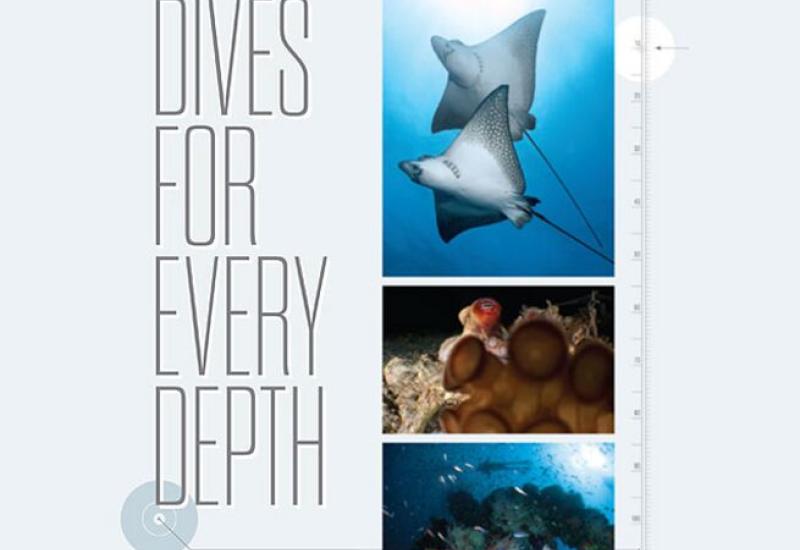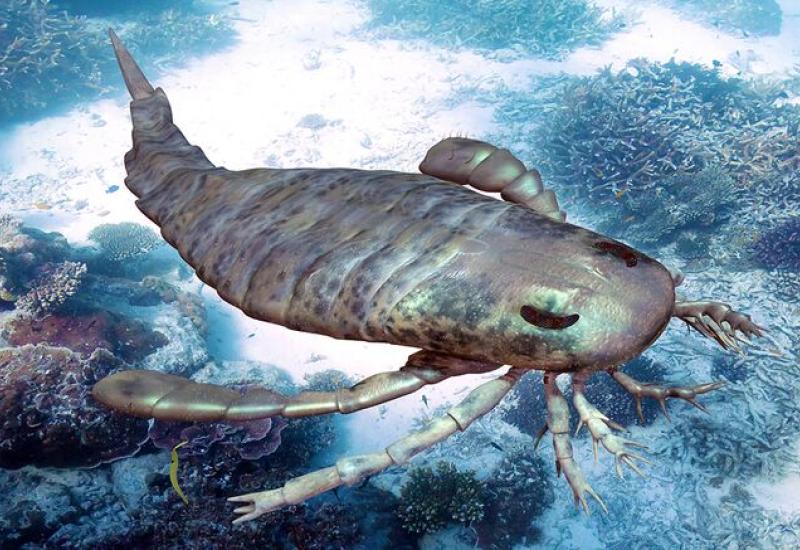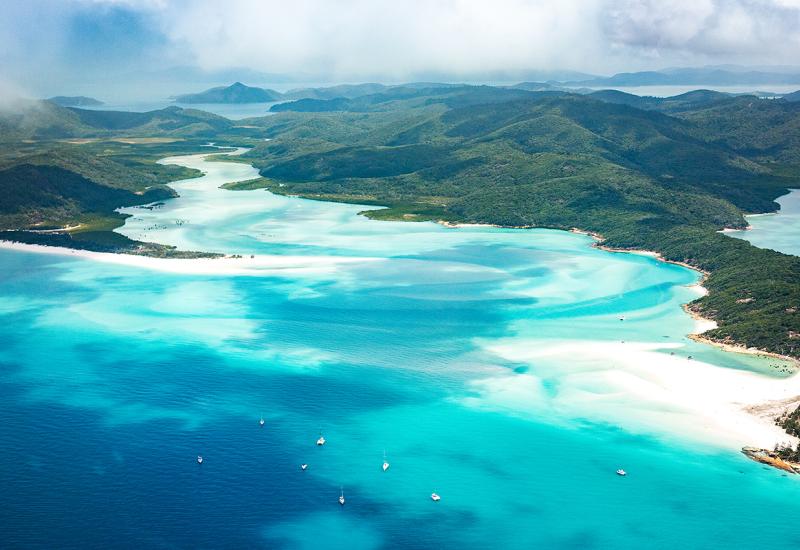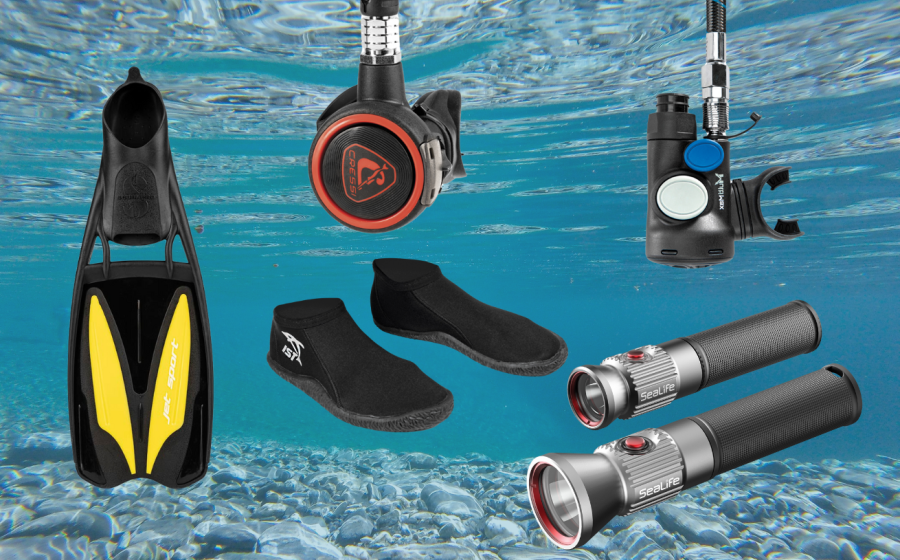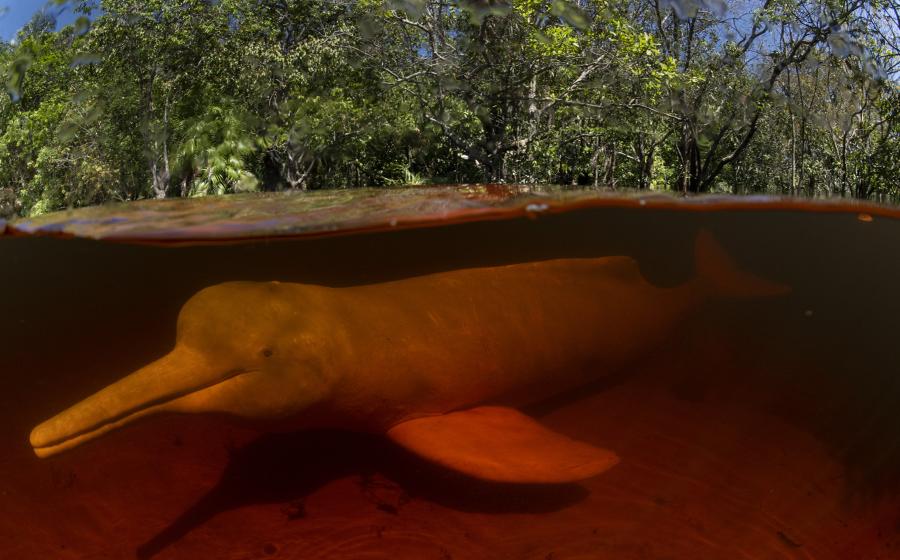What Lies Beneath Docks & Piers for Divers

Ethan DanielsA thick school of scad swims just below the waterline in Alyui Bay, Raja Ampat, Indonesia.
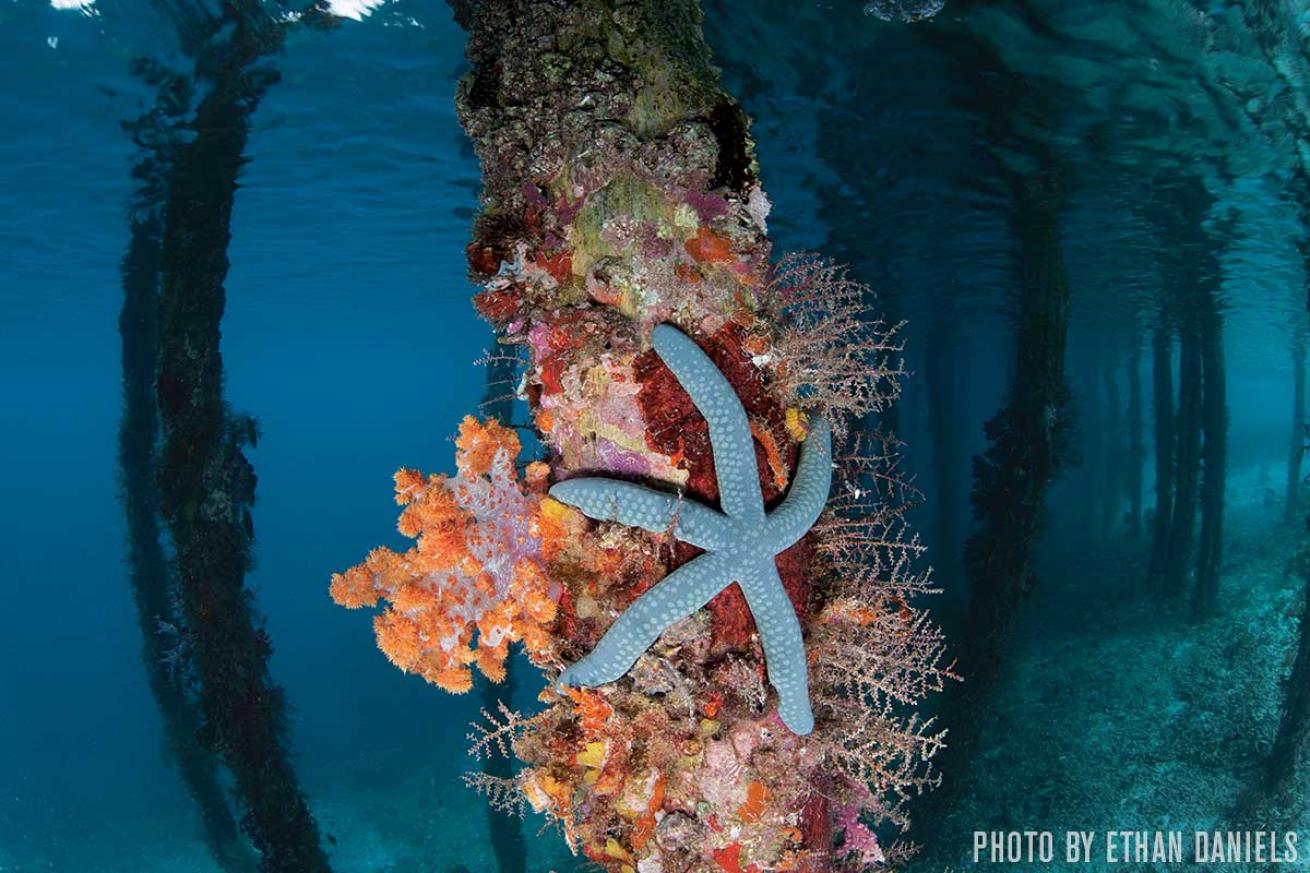
Ethan DanielsA blue starfish clings to a piling in Raja Ampat, a region known for its high biodiversity.

Steve SimonsenMan's trash becomes a moray eel's treasure under the Frederiksted Pier in St. Croix.

James R. D. ScottBonaire is known for shore diving, and one of the island's most popular spots is Salt Pier.
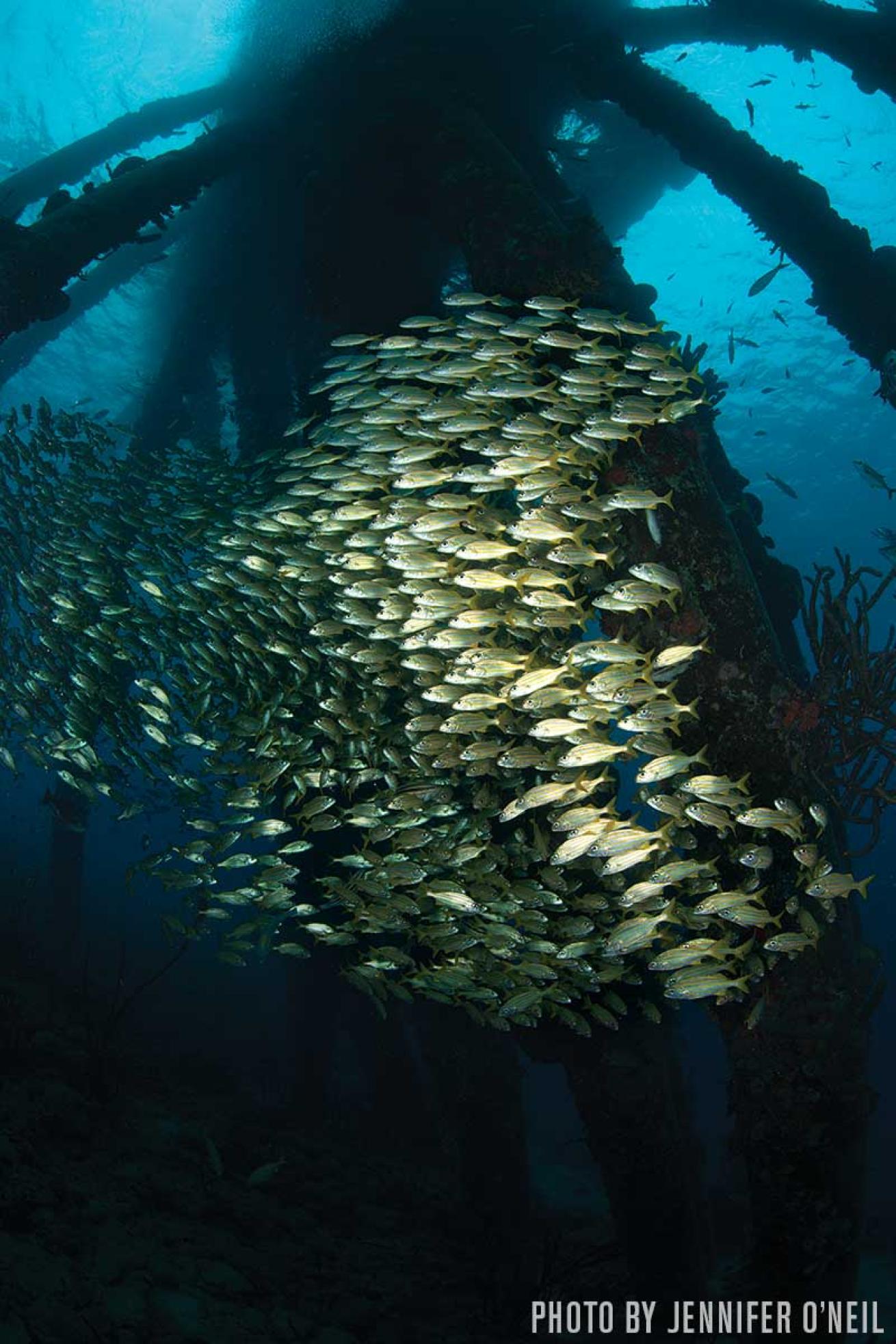
Jennifer O'NeilThe south piling of Bonaire's Salt Pier is always covered with schooling yellow grunts.
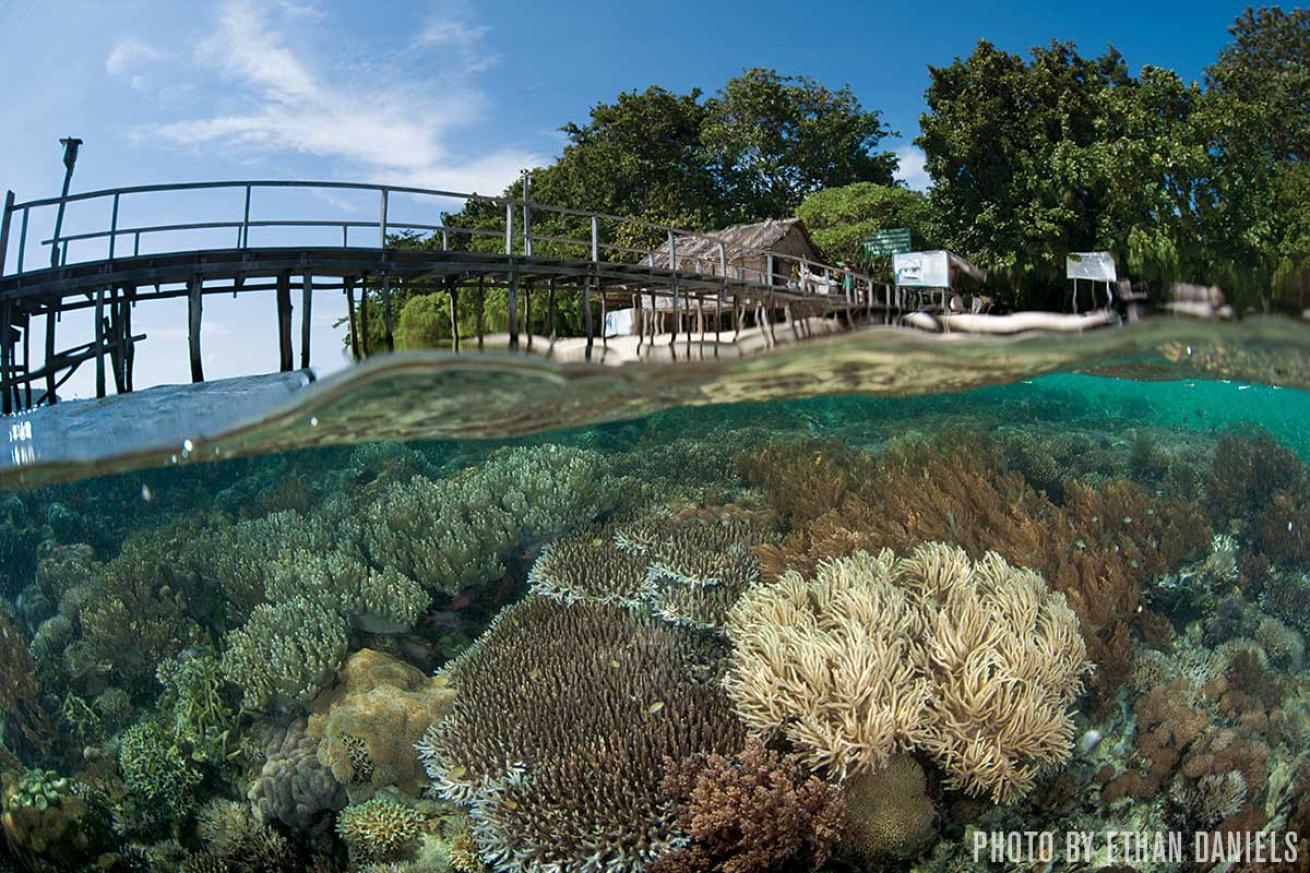
Ethan DanielsDocks like this one in Raja Ampat can provide sea access while protecting the surrounding shallow environment.
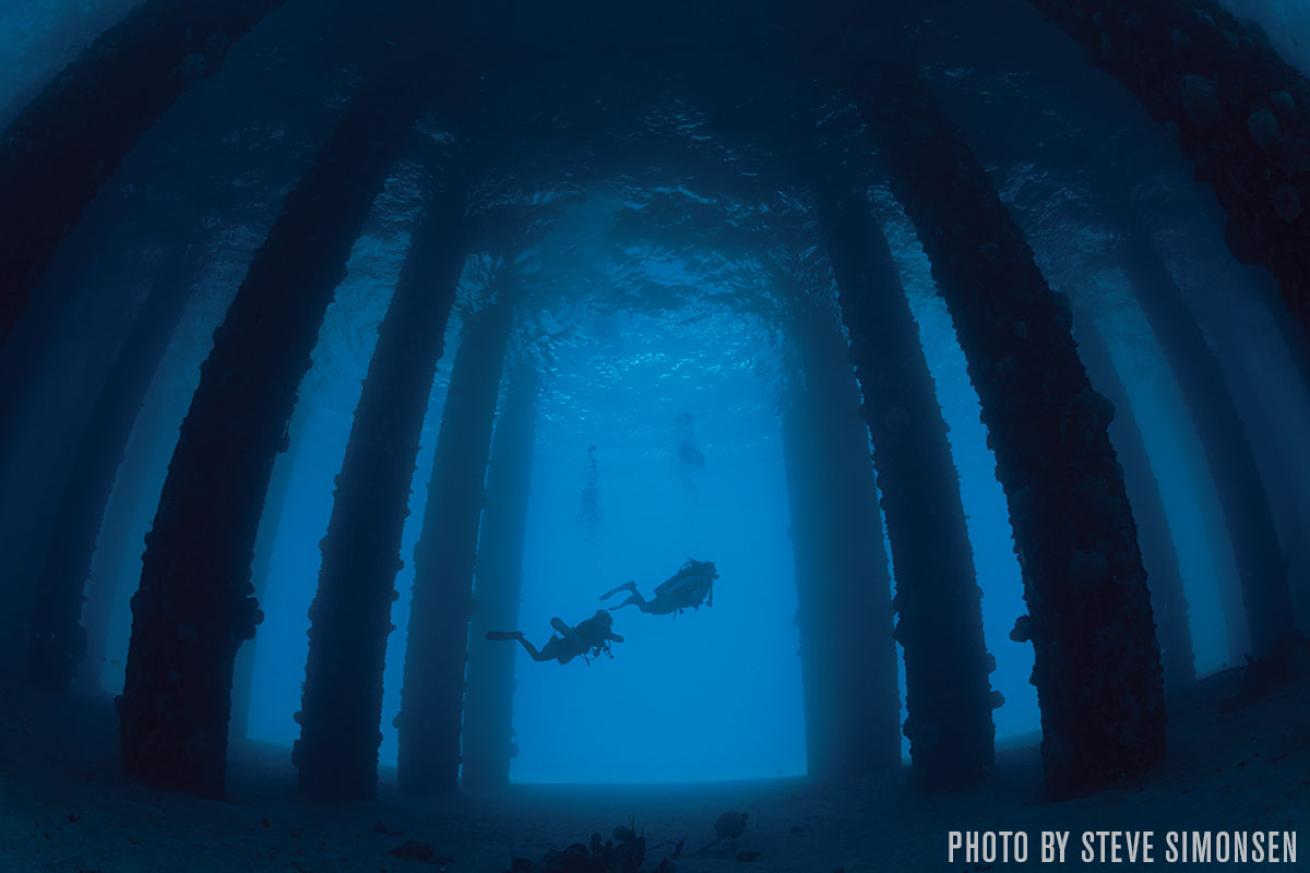
Steve SimonsenA dusk dive on St. Croix's Frederiksted Pier.
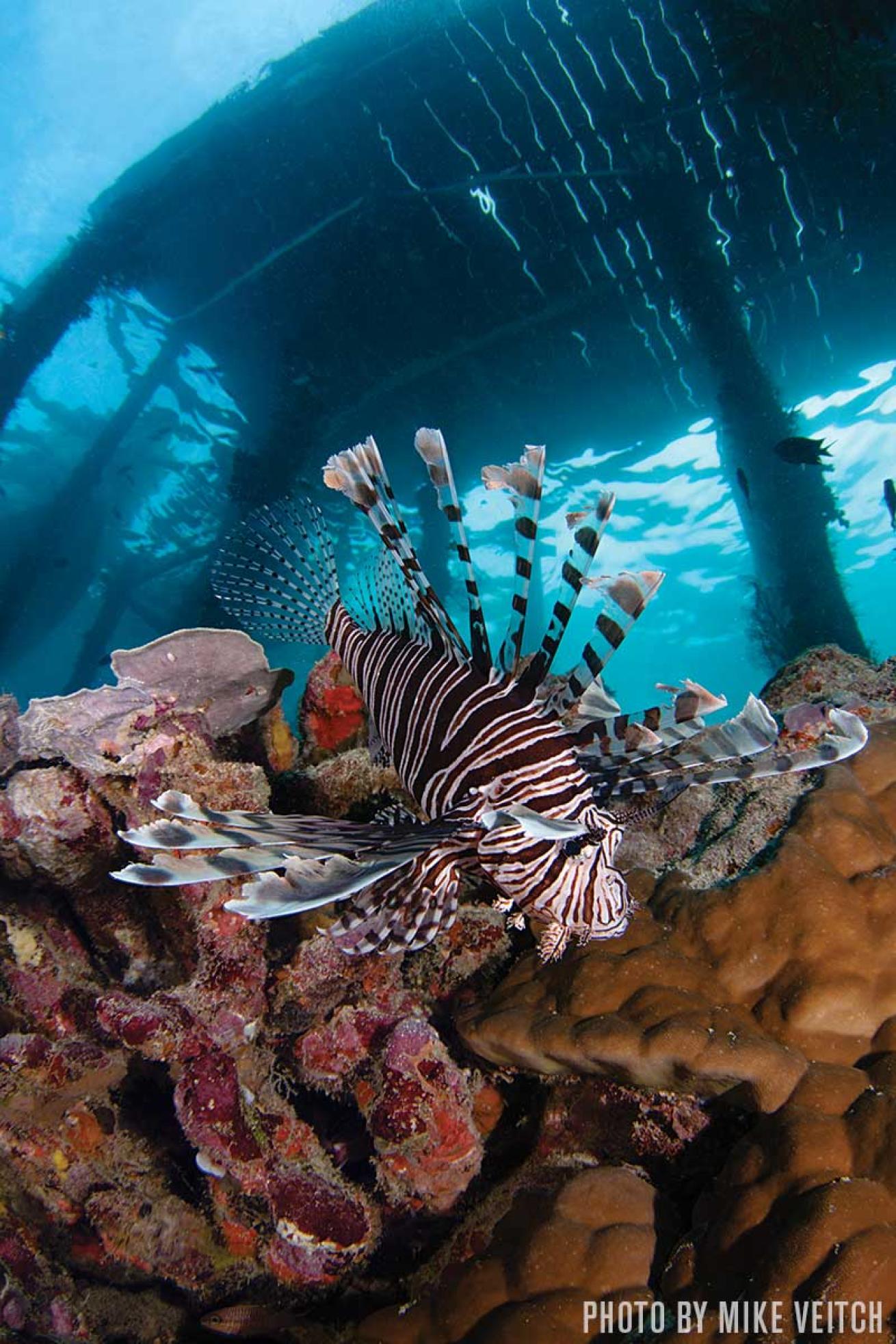
Jennifer O'NeilLarge lionfish hunt baitfish under a wooden jetty in Raja Ampat.
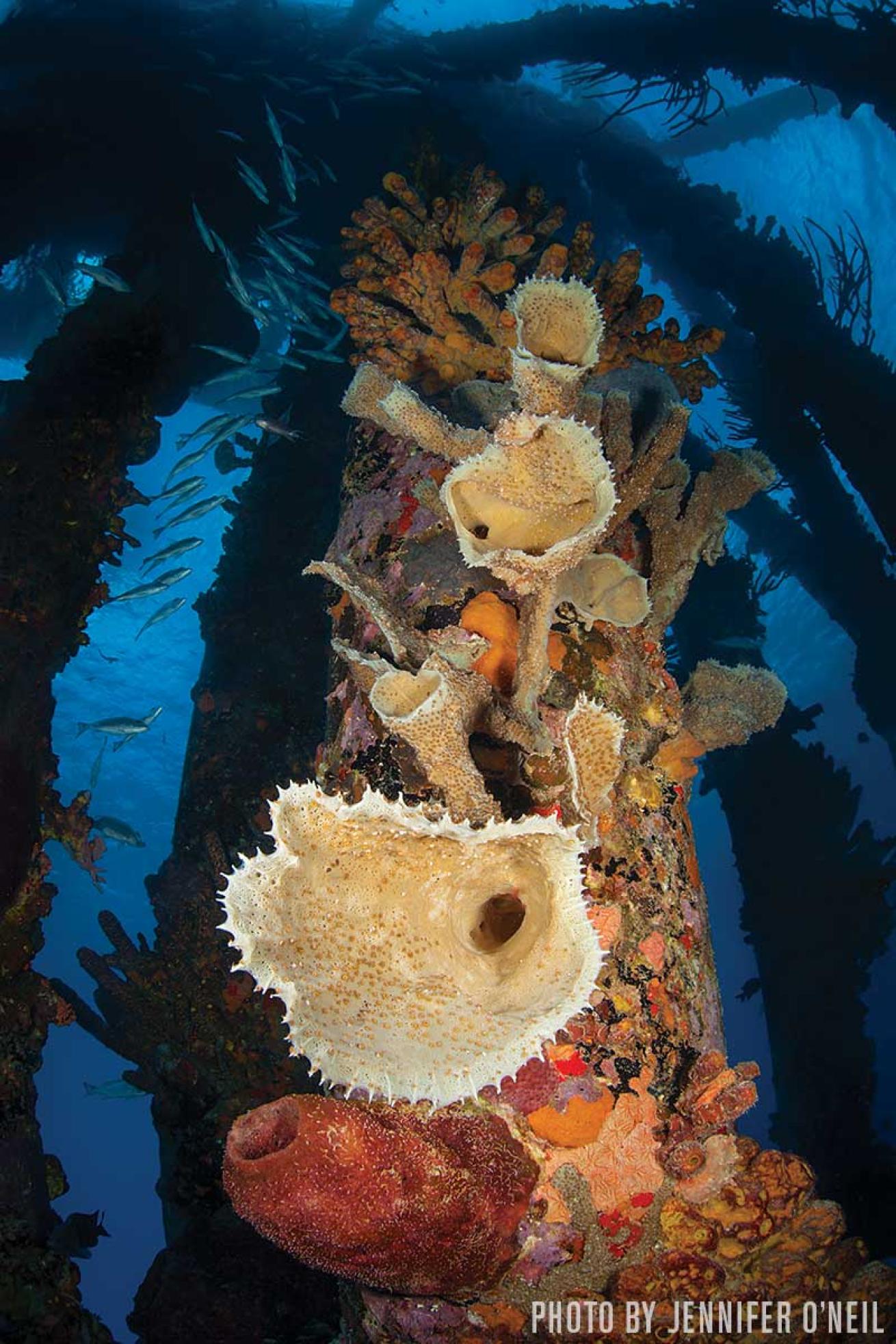
Jennifer O'NeilBonaire's Salt Pier is covered in corals.
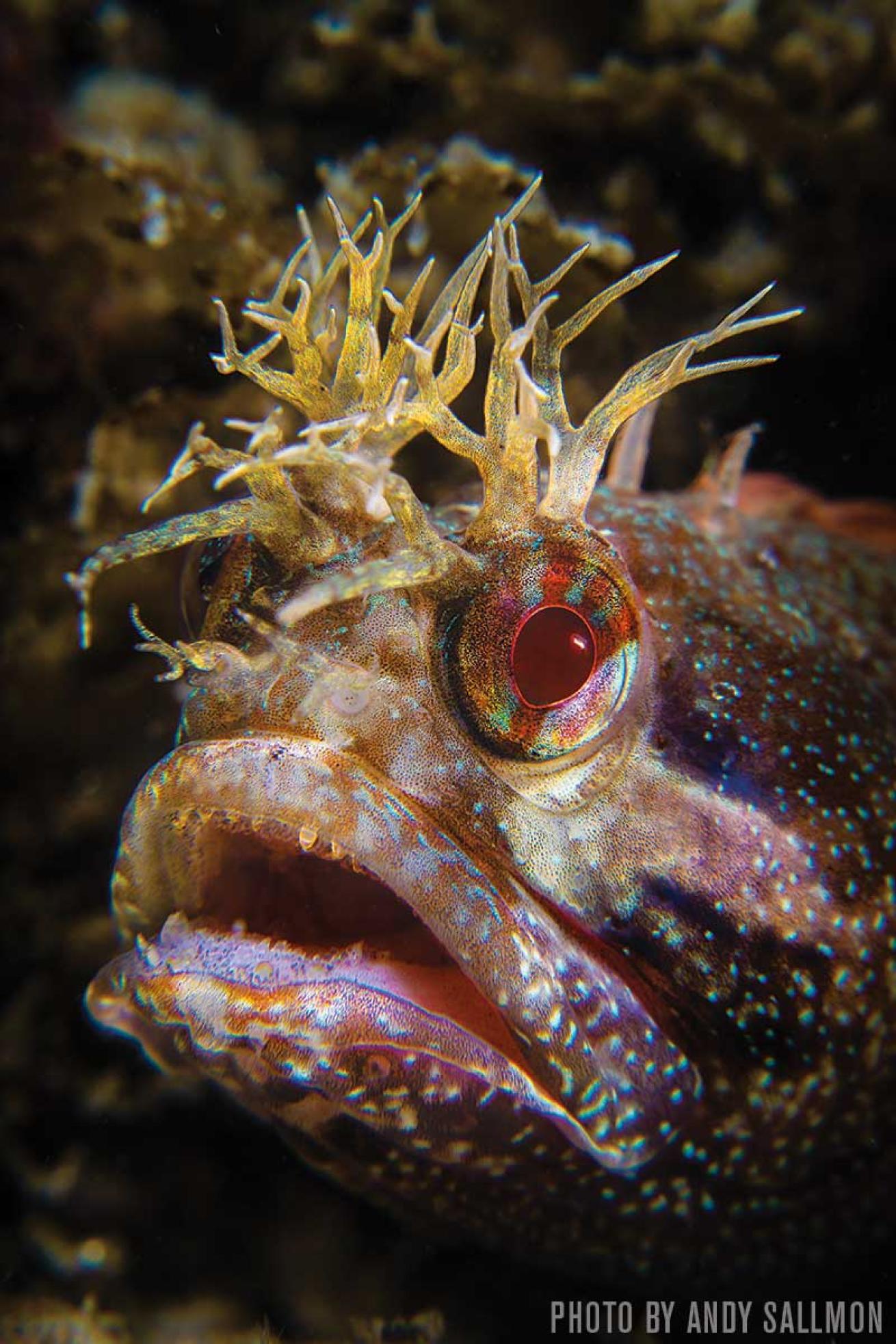
Andy SallmonSan Diego's Scripps Pier shelters a yellowfin fringehead.
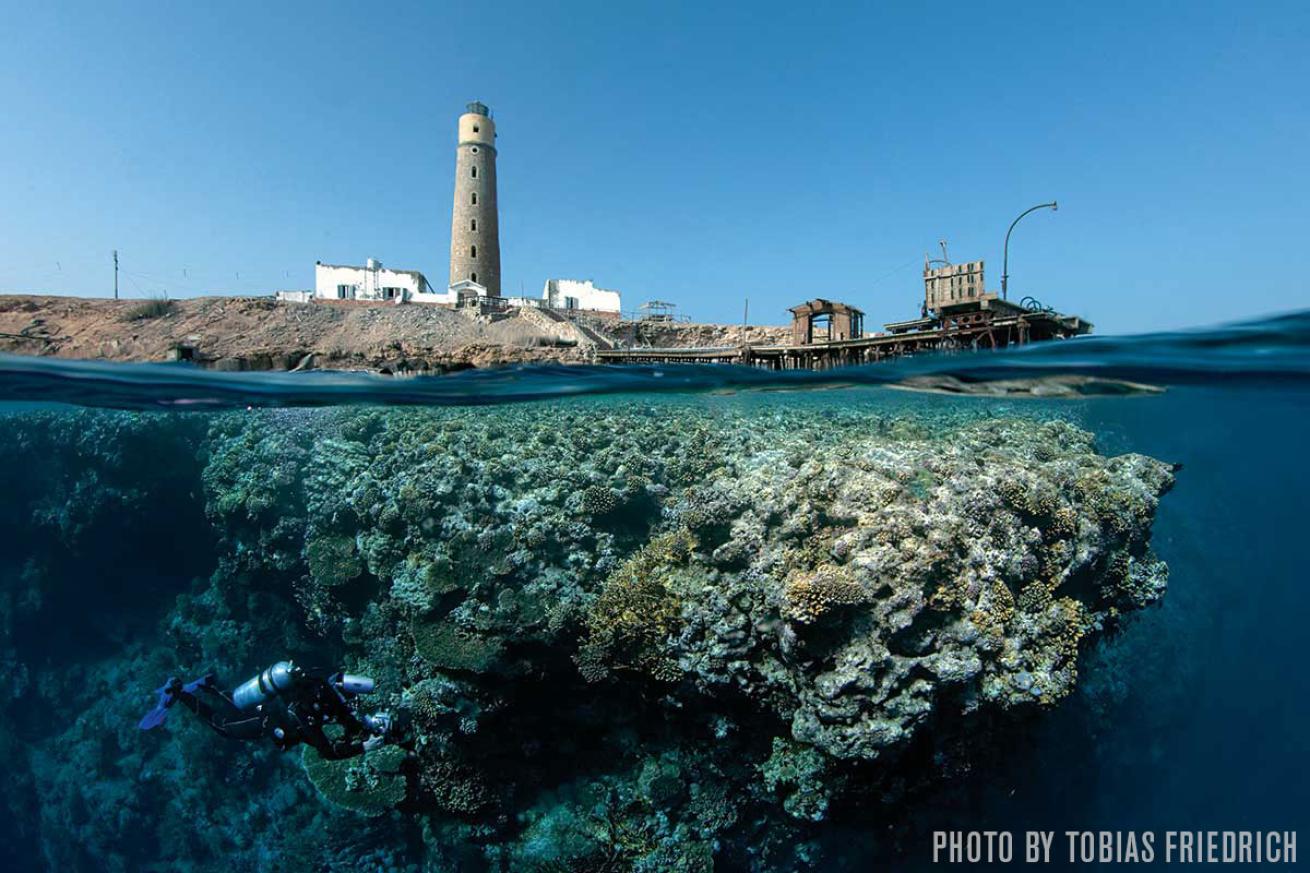
Tobias FriedrichRemote Big Brother Island in the Red Sea.
Dazzling beams of light sparkle through wooden planks above as I hover over a sandy, critter-laden seafloor. The dim shadows beneath the floating dock where I’m exploring hide a mottled collection of species rare on nearby coral reefs. Hidden in the underwater gloom of virtually all docks and piers are prolific food webs and unique menageries of both predator and prey. Most underdock and pier dwellers, which are often intricately veiled, prefer dim surroundings where camouflage is vital to survival.
Although they might not seem as visually appealing as habitats like coral reefs, docks and piers act as unique amalgamations of artificial reefs and fish-aggregating devices (FADs), concealing an abundance of shallow-water organisms. While not intentionally designed for this purpose, underwater structures serve as oases in locations that might otherwise amount to aquatic deserts, creating new habitat. Drifting between the trunklike pilings under piers, it quickly becomes obvious that the complex embroidery of marine life reaches robust levels in such man-made environments.
Worldwide, docks and piers exist in a variety of coastal environments. With sandy bottoms, dark recesses and stationary vertical substrates, they serve as nurseries, reproductive sites and feeding grounds. No two structures are ever alike. The array of microorganisms, plants and animals drawn to these formations can be vast, and the ecosystem exceedingly complex.
Though man-made, docks and piers counterintuitively hold perfectly natural environments, along with the natural food chain closely coupled with the surrounding ocean. These utilitarian constructs of wood, concrete, nails and tires are merely part of a dynamic underwater puzzle.
Divers Day Off
Bonaire
The trade winds crossing the southwest end of this Caribbean isle make it the perfect place for kiteboarding; lessons are offered daily. Then fuel up with a picnic on the sand. Grab a lionfish burger from the Kite City Food Truck, and park yourself on one of 22 beaches. Our choice: Pink Beach, named for the crushed shells that give it its hue.
Raja Ampat
If there’s a dock or a pier present, then you likely are on one of Raja Ampat’s 1,500 islands — perfect launching pads for a kayak adventure. These islets are pocked with secret shallow bays, protected coves where you can spend hours just trolling along the shore line, being blown away by the huge diversity of bird life and a wild orchid or three.
St. Croix
You’ve seen St. Croix from below, now get a bird’s-eye view on a 13-mile ATV tour with Gecko’s Island Adventures, out of Frederiksted. This mild-to-wild adventure — your speed is mostly up to you — takes you from historic ruins to rain forest to breathtaking mountaintops and back, with a finish-line rum-punch cocktail on the beach.
Want to dive and save on your next vacation to Bonaire? Check out the Bonaire drive and dive specials offered by Caradonna Dive Adventures!

